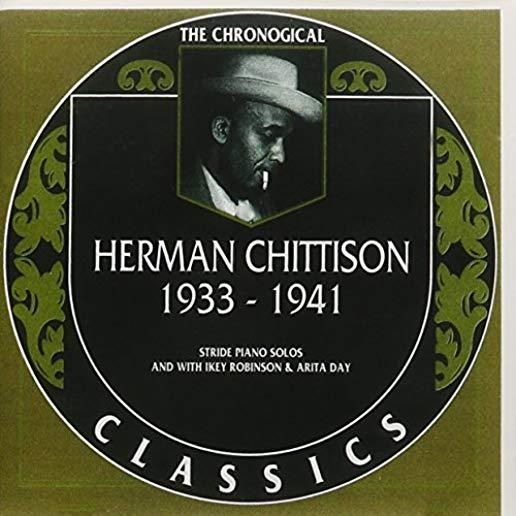
description
6Few sights are as charming as a hummingbird hovering over cardinal flowers in your backyard or a butterfly lighting on the black-eyed Susans potted on your balcony. Yet pollinators do more than beguile us: they are key to a healthy environment. With many pollinators threatened and their habitats disappearing, gardeners can make a real difference by planting native species that support these amazing creatures. The trick is knowing what species to plant and how to help them thrive. If you're a gardener (or aspiring gardener) in the Northeast, Upper Midwest, or Great Lakes region, this beautiful 4-color guide will become your go-to reference to the most beneficial plants in your area. It includes profiles of more than 300 native plants, featuring lovely illustrations and photos, information on blooming periods, exposure, soil moisture, and good plant companions, as well as how each species supports specific pollinators. You'll learn more about common plants you thought you knew and be introduced to species you may have never encountered before. Blooming flowers, native grasses, trees, shrubs, vines, and plants for rain and pond gardens are all included. White Baneberry, Woodland Strawberry, Boneset, Virginia Mountain Mint, Smooth Aster, and many others may find their way from these pages to your soil. While understanding specific plants is key, so too are growing strategies. Here you'll learn how to prepare your site and find sample garden designs, whether your growing space is an apartment balcony, a residential yard, or a community garden. Throughout, you'll discover the power of plants to not only enrich your personal environment but to support the pollinators necessary for a thriving planet.
member goods
No member items were found under this heading.
Return Policy
All sales are final
Shipping
No special shipping considerations available.
Shipping fees determined at checkout.







